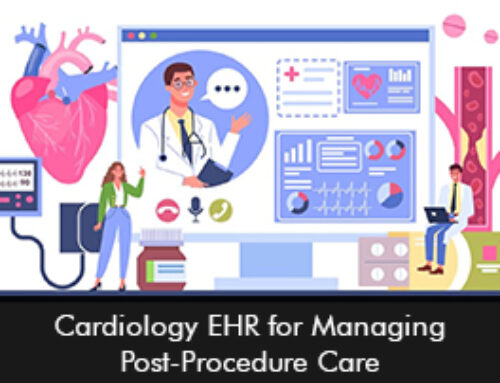Digital health solutions and tools have revolutionized the healthcare system by improving physician reach and remote care opportunities for patients. The American Medical Association’s AMA digital health research report released on September 14th, 2022, revealed that physician adoption of digital health tools has increased over the past six years. The survey further showed the importance clinicians put to use digital health tools as they help to enhance health and also streamline administrative workflows that can otherwise add to physician burnout.
Remote Patient Monitoring (RPM) tools usage across different medical specialties
According to the survey conducted by AMA, the adoption of digital health tools and technologies has increased significantly among all clinicians regardless of specialty, age, or gender. The advantages of leveraging digital health tools are obvious to healthcare providers and can help improve clinical outcomes and increase efficiencies.
The usage of remote monitoring devices or tools grew from 12% to more than 30% of physicians surveyed over the six years. Remote patient monitoring offers the benefits of faster access to real-time patient data, this information at hand can keep the providers well-informed. Many studies have also proved that the use of RPM tools can reduce the risk of hospitalization and mortality across different medical use cases, including implanted cardiac defibrillators.
Findings from the AMA survey
The AMA survey revealed the following adoption trends among healthcare providers that drive the digital transformation of healthcare in the US.
- The average number of digital health tools used by a physician increased from 2.2 in 2016 to 3.8 in the year 2022.
- Digital adaption also boomed as clinicians experienced that the technology can reduce stress which can lead to physician burnout.
- Telemedicine EMR Software usage boomed at an alarming rate. In 2016 only 14% of clinicians were using the telehealth platform, but the figure grew to more than 80% in 2022.
- The most popular digital health tools amongst physicians include tele-visits followed by remote patient monitoring devices.
- Telemedicine or virtual visits grew from 14% in 2016 to 80% in 2022.
This survey of 13,000 physicians reflects that digital technology benefits are being recognized by providers. The use in the growth of remote care tools and planning for digital therapeutics can ensure the delivery of high-quality patient care.







